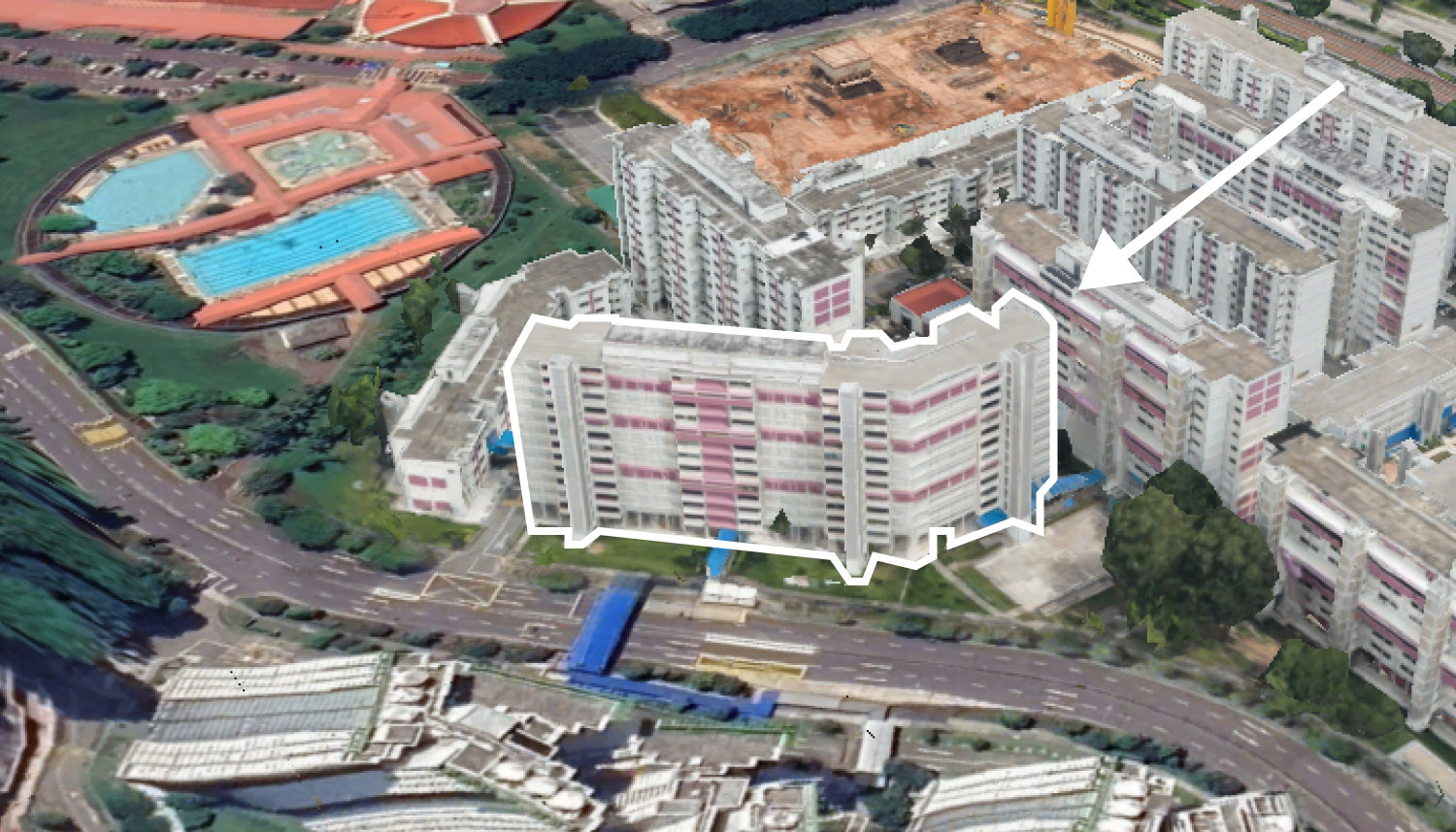New MRT Plans Revealed: How Tengah & Seletar Lines May Boost Northern Homes

Get The Property Insights Serious Buyers Read First: Join 50,000+ readers who rely on our weekly breakdowns of Singapore’s property market.
A seasoned content strategist with over 17 years in the real estate and financial journalism sectors, Ryan has built a reputation for transforming complex industry jargon into accessible knowledge. With a track record of writing and editing for leading financial platforms and publications, Ryan's expertise has been recognised across various media outlets. His role as a former content editor for 99.co and a co-host for CNA 938's Open House programme underscores his commitment to providing valuable insights into the property market.
In news that will please north-end residents (and possibly annoy those who feel the train lines are already too convoluted), the government has announced feasibility studies into two possible new lines: these are the Tengah and Seletar lines, which appear to better connect the north side of Singapore, and also service parts of the Greater Southern Waterfront. Here’s what you need to know:
Studies into a new Tengah line
The Tengah line will provide improved public transport in the north and north-western towns. Areas that might be serviced by this line include Tengah, Bukit Batok, Queensway, and Bukit Merah.
There’s a likelihood that this line will intersect with the proposed Seletar Line, at some point along the Greater Southern Waterfront (GSW) area. As an alternative, both Tengah and Seletar lines might be combined into a single continuous line instead. We believe that under this alternative, commuters travelling between the northwest (Tengah) and the north (Seletar) won’t need to transfer between different lines. This could affect the likely placement of the relevant station(s). We have previously pondered future station locations in this earlier newsletter; and like before, we do wonder if the resulting stations or lines will pass through the redeveloped Paya Lebar Air Base; it will likely be moved to make way for homes by then.
There’s no hard news to confirm any of this yet though, and the possibilities are still just being considered. If it is deemed feasible, the Tengah Line is expected to be completed in phases starting from the 2040s, potentially serving over 400,000 households.
Currently, residents in Tengah rely on the Jurong Region Line (JRL), which is still under construction.
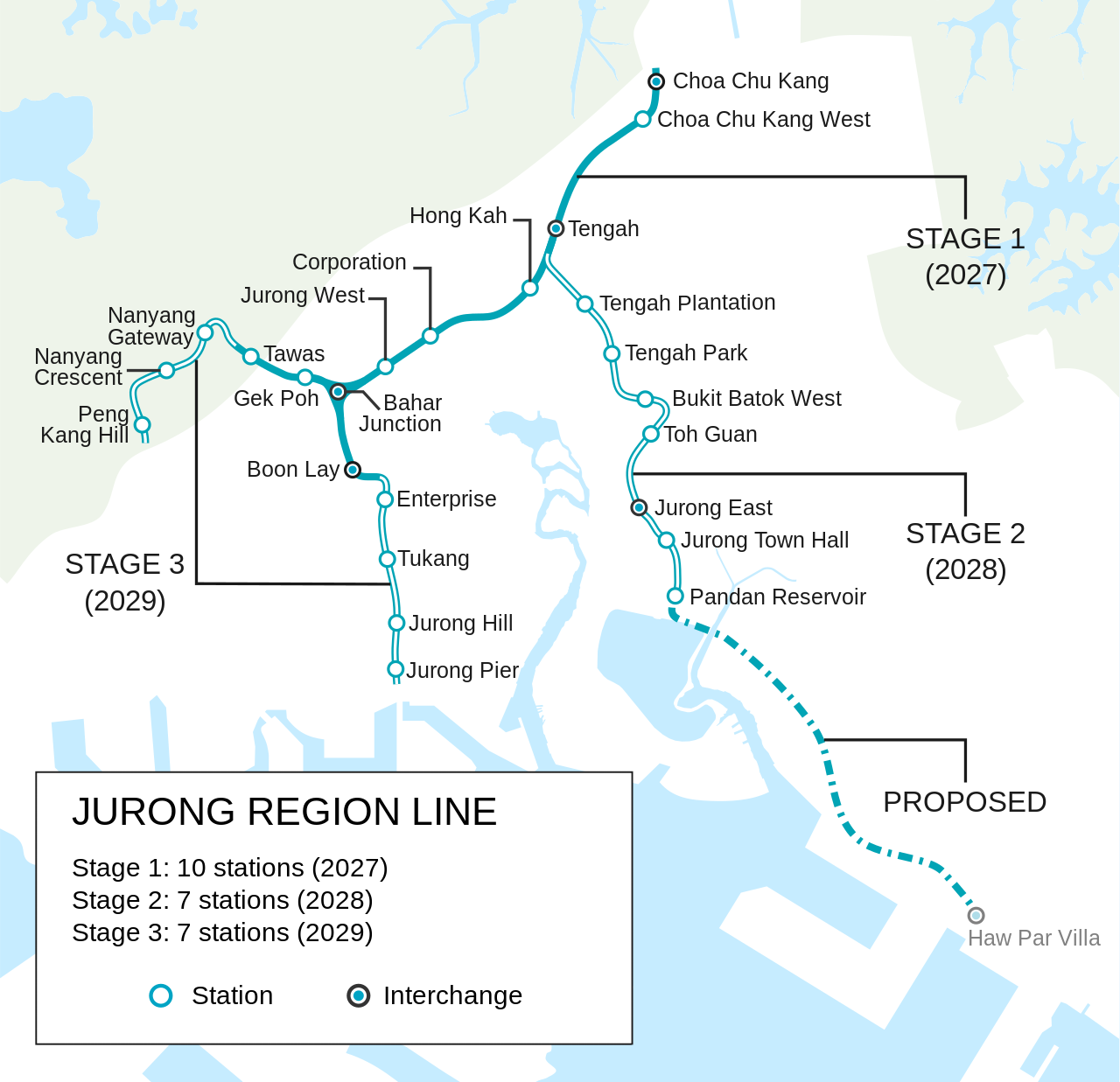
Besides the JRL, the alternative is to travel to Bukit Batok or Choa Chu Kang for existing MRT lines. Tengah is one of the newest towns, so accessibility is not yet well-developed. But Tengah is also projected to provide around 42,000 new homes once completed, which comprise around 30,000 flats and 12,000 private housing units.
The town is likely to require more alternatives than just the JRL, even after it is completed. Given how far ahead in the future this is though, we don’t expect the news to affect property values for decades still to come. It does, however, provide confidence in URA’s attempts to transform the “ulu” Tengah region.
Realtors opined that the next town to see the most benefits from this is Bukit Batok. This township is reliant mainly on the NSL (and it’s a long trip to the central region), or the unfolding JRL. But for the already mature towns of Bukit Merah and Queenstown, the benefits may be more marginal.
More from Stacked
Your Condo Management Or MCST Can Affect Your Future Profits: 7 Must Know Tips To Deal With Issues
Singaporeans have a bad habit of ignoring the condo MCST, until it's way too late. Sometimes they only take an…
As one property agent described it, one more train line would be a “win more” situation for Bukit Merah and Queenstown, rather than a vital necessity.
The Seletar line
The Seletar line is also under feasibility studies and is likely to commence in the 2040s if approved. Areas covered by the Seletar line might be:
- Woodlands
- Sembawang
- Sengkang West
- Serangoon North
- Whampoa
- Kallang
And parts of the Greater Southern Waterfront.
Sengkang West is the town that most urgently needs this upgrade. Public transport access is very limited in this area, with most residents relying on the LRT or buses to get to other train stations. Seletar Hills and Fernvale are good examples of this, as their main drawback is almost inevitably described as inaccessibility.
Another glaring issue here is the Seletar Aerospace Park: this is intended to be a major hub for the aviation and engineering sectors, but it’s arguably one of the worst-connected industrial parks, in terms of MRT access.
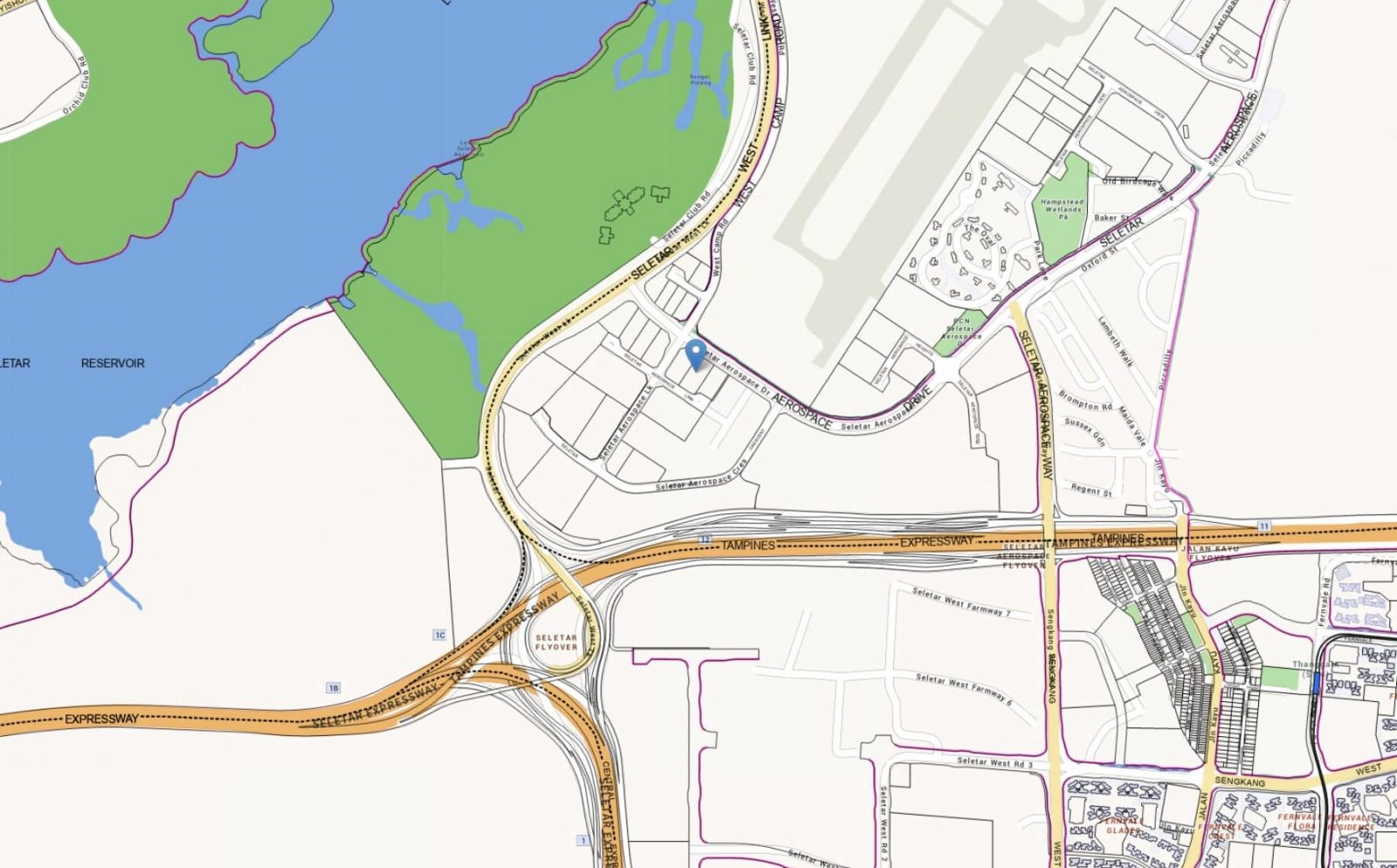
2040 isn’t soon enough for this area (and we expect more interim improvements); but it’s some good news at least.
Whampoa and Serangoon North are the areas that would next benefit the most. Many Whampoa residents need a bus connection to get to the MRT, usually taking the bus to Novena or Boon Keng. This is a bit ironic, since Whampoa is quite close to the city centre; but parts of this neighbourhood have lacked direct access to the train for many years now.
For Serangoon North, note that Serangoon MRT station (the one near NEX Megamall) is too far to walk. Despite the maturity of Serangoon as a whole, this particular area still has a lot of new flats, which is likely to see increasing demand in affordable housing; and the industrial estates and businesses lack good MRT access.
We’ll be able to pick out specific projects that benefit, once the exact station locations are known
For now though, it’s too early to make predictions like improved property values. While that seems logical, these two lines are only being studied, not guaranteed; and commencement in the 2040s means it’s all a long time away.
For more on changes to Singapore’s property scene, follow us on Stacked. If you’d like to get in touch for a more in-depth consultation, you can do so here.
Ryan J. Ong
A seasoned content strategist with over 17 years in the real estate and financial journalism sectors, Ryan has built a reputation for transforming complex industry jargon into accessible knowledge. With a track record of writing and editing for leading financial platforms and publications, Ryan's expertise has been recognised across various media outlets. His role as a former content editor for 99.co and a co-host for CNA 938's Open House programme underscores his commitment to providing valuable insights into the property market.Read next from Editor's Pick
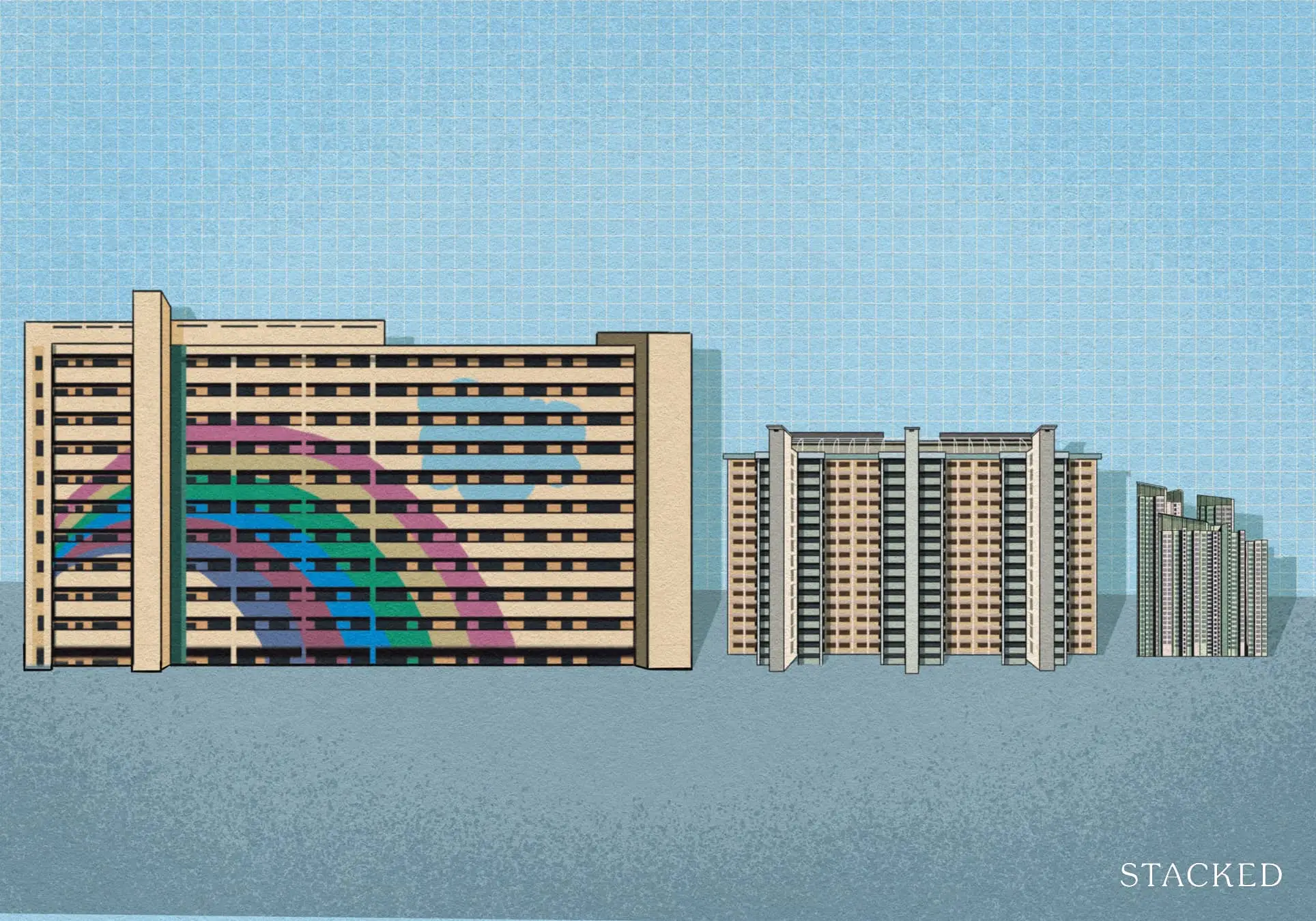
Singapore Property News HDB Resale Prices Finally Slowed in 2025 — Will It Continue in 2026?
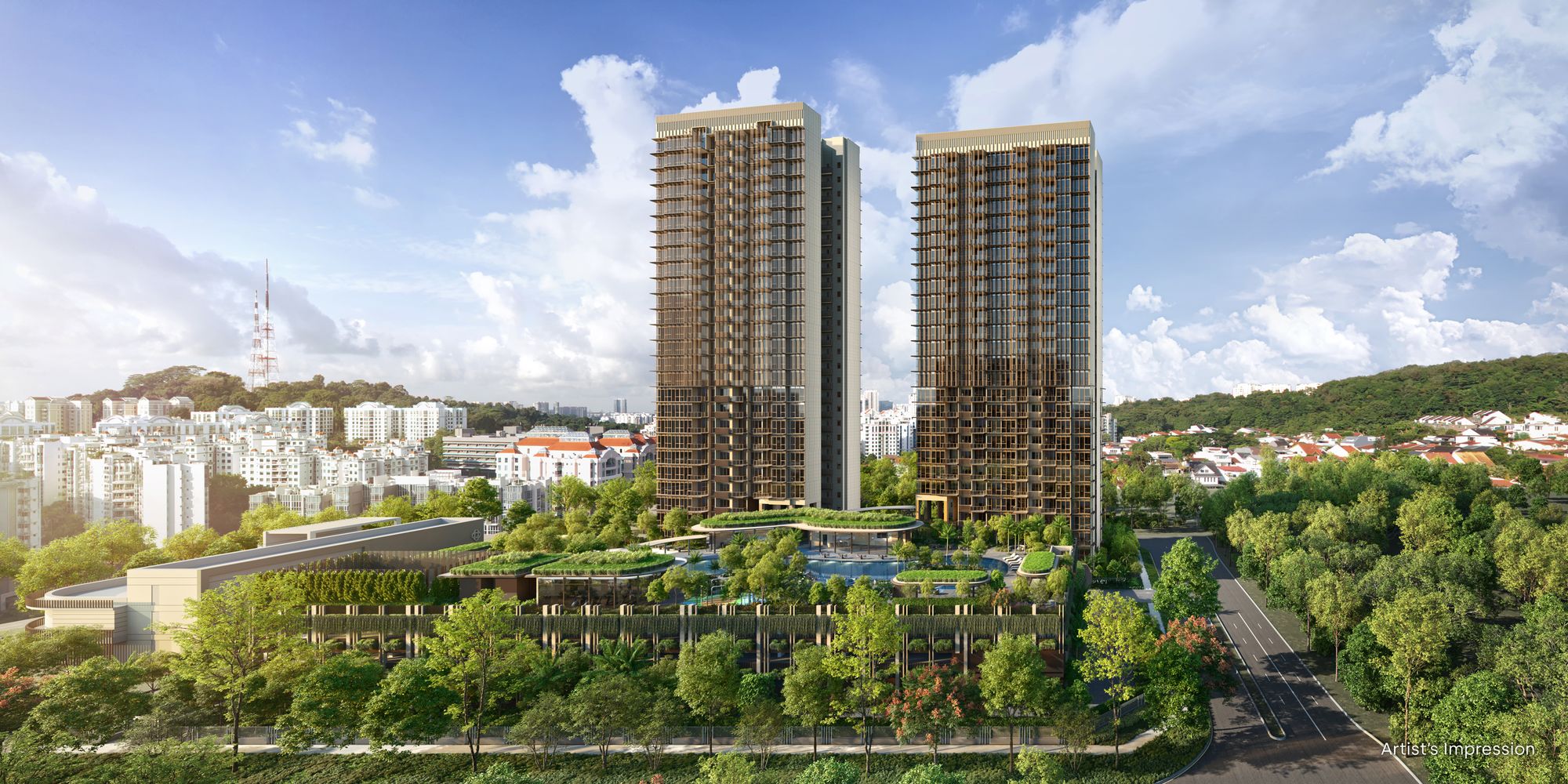
Singapore Property News Breaking News: District 23 Condo Sells Out In Under Two Years At $2,120 Psf Average
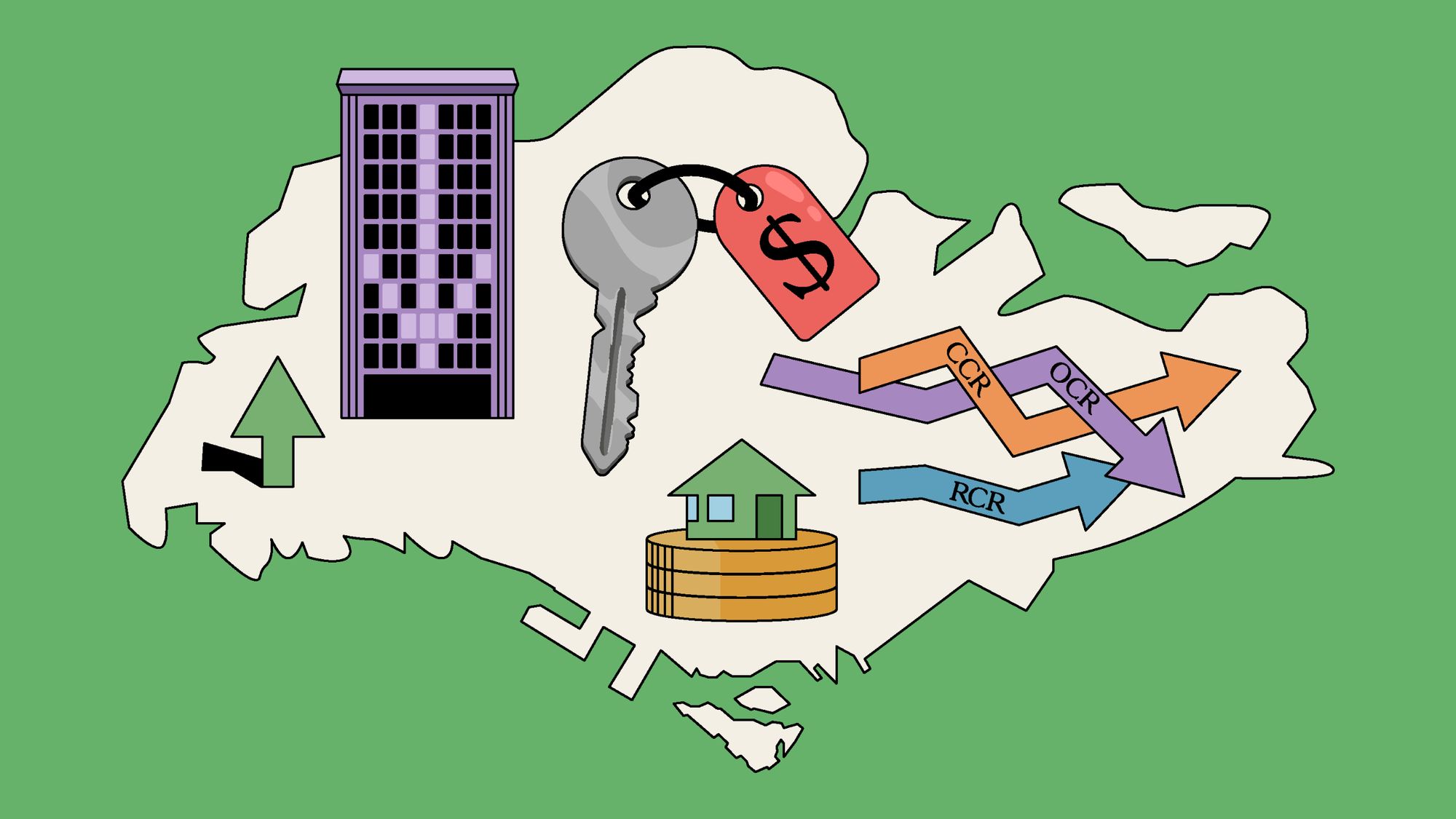
Property Market Commentary 2025 Year-End Review Of The Singapore Property Market: What The Numbers Reveal
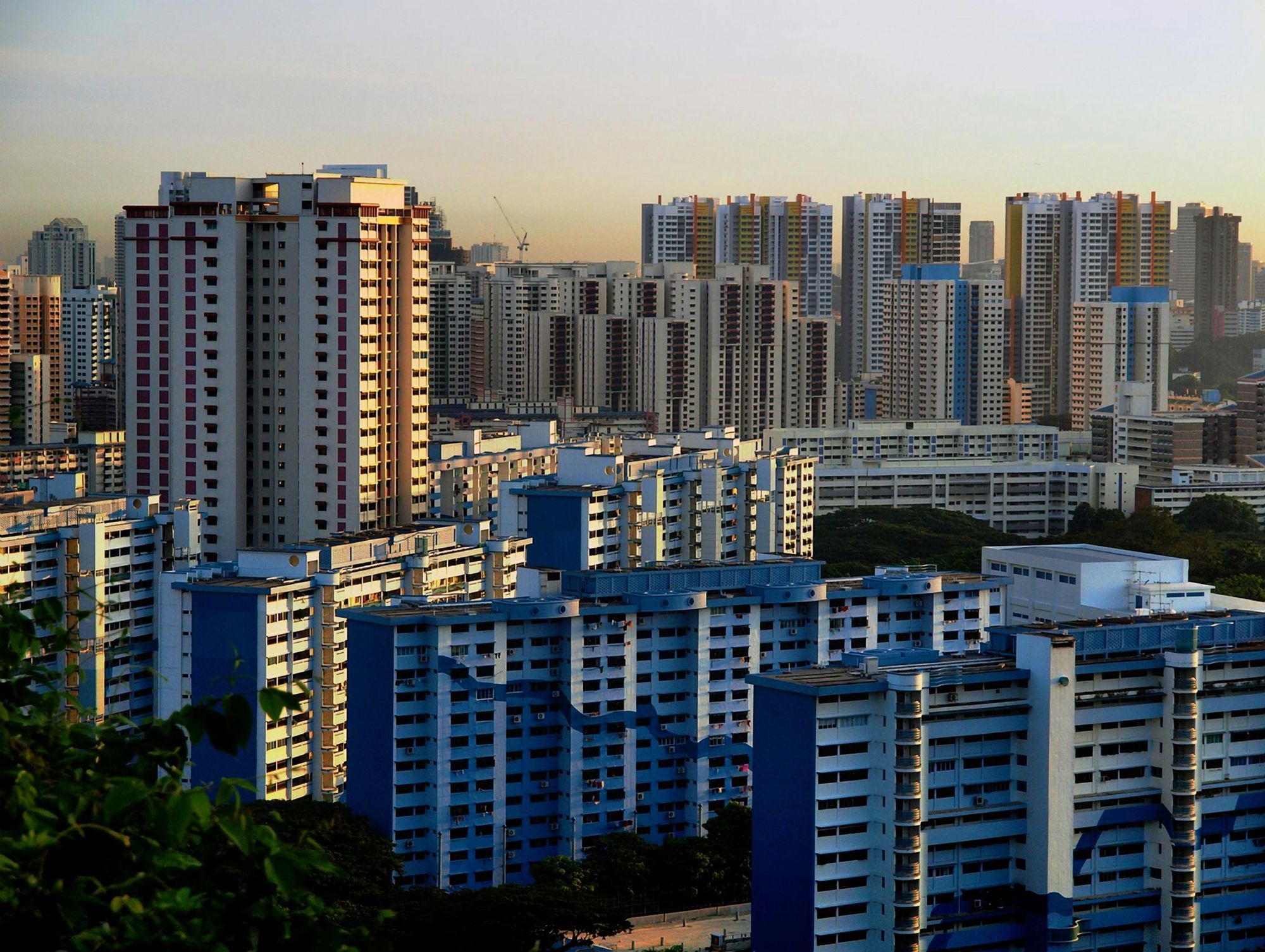
Property Market Commentary How The HDB Resale Market Performed In 2025, And What It Means For 2026 Prices
Latest Posts
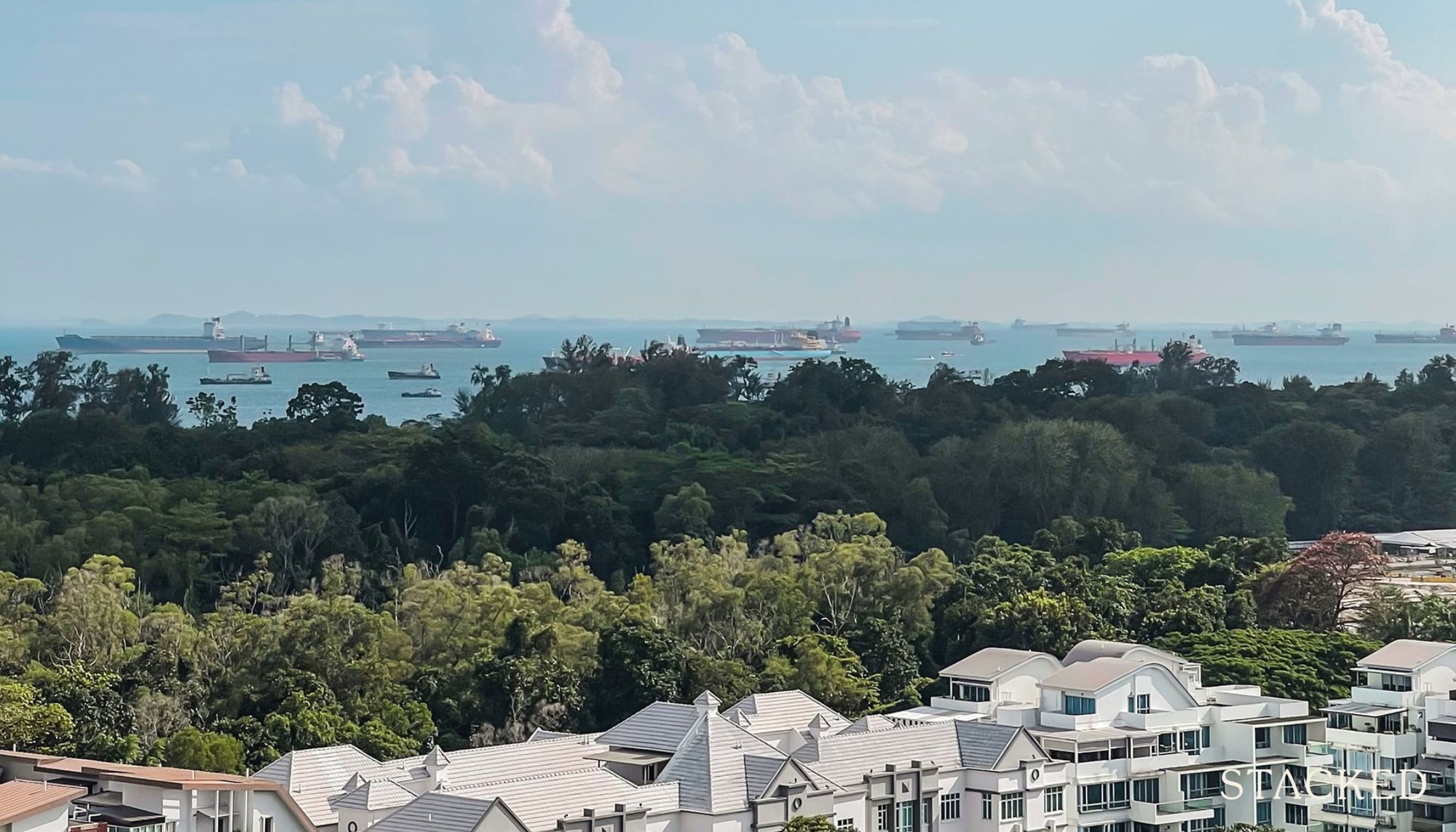
Property Market Commentary I Lived In Bayshore When It Was ‘Ulu’. Here’s How Much It Has Changed

On The Market Here Are The Cheapest 3-Bedroom Condos in Central Singapore You Can Still Buy From $1.15M
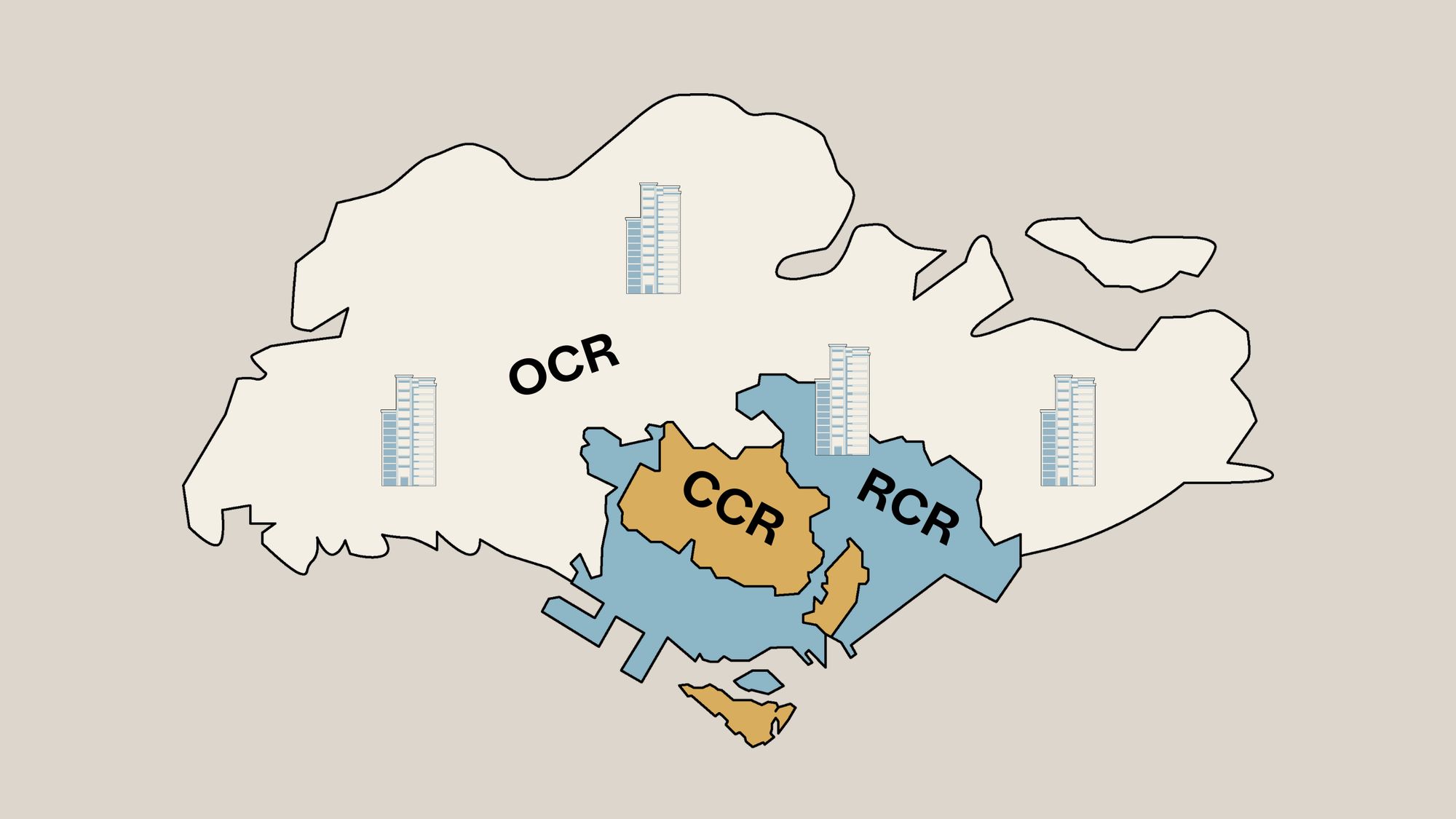
Property Market Commentary Why The Singapore Property Market Will Be Different In 2026 — And It’s Not Just About Prices
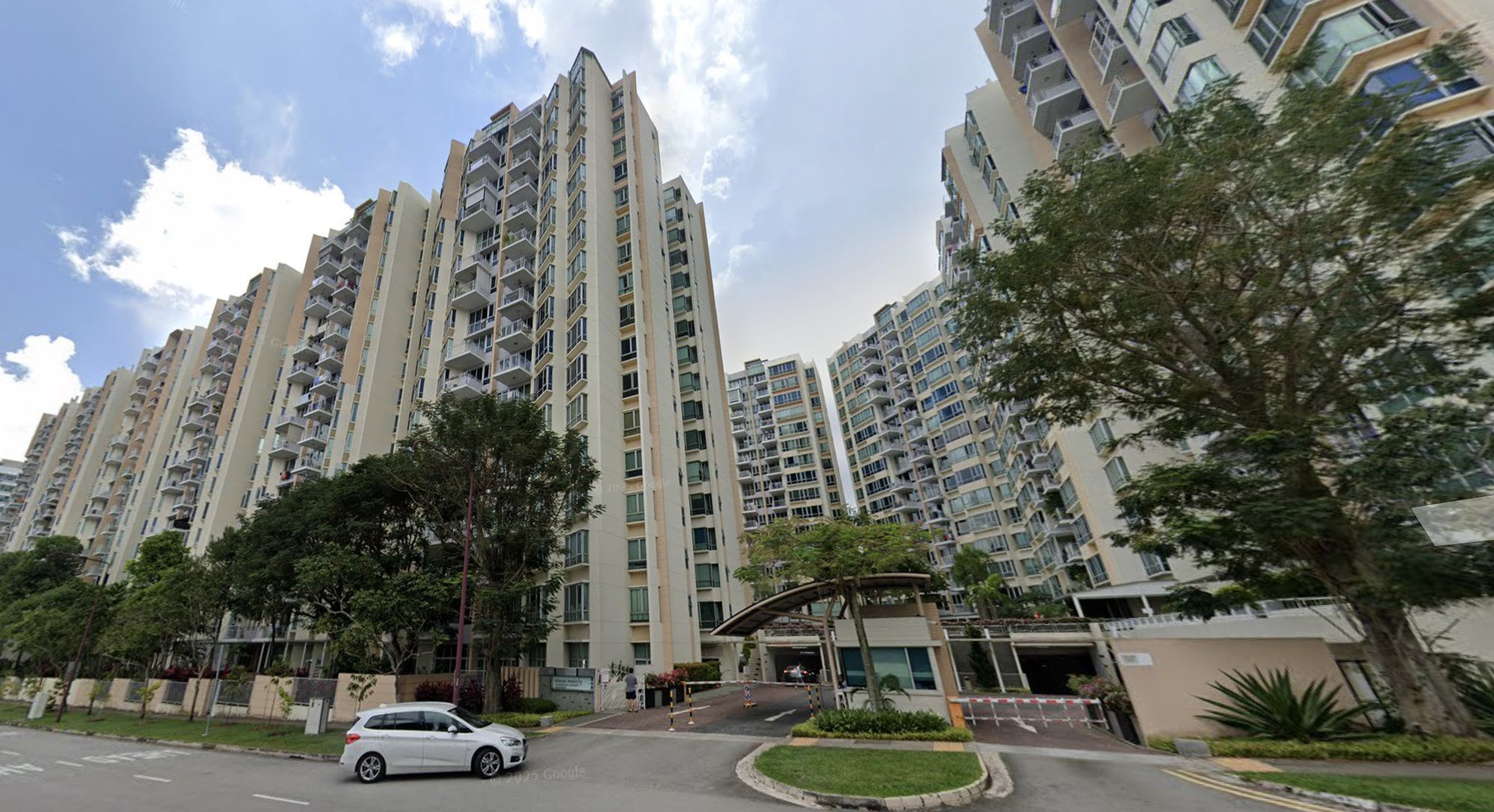
Pro This 21-Year-Old Condo Didn’t Sell Out Initially, Yet Became A Top Performer
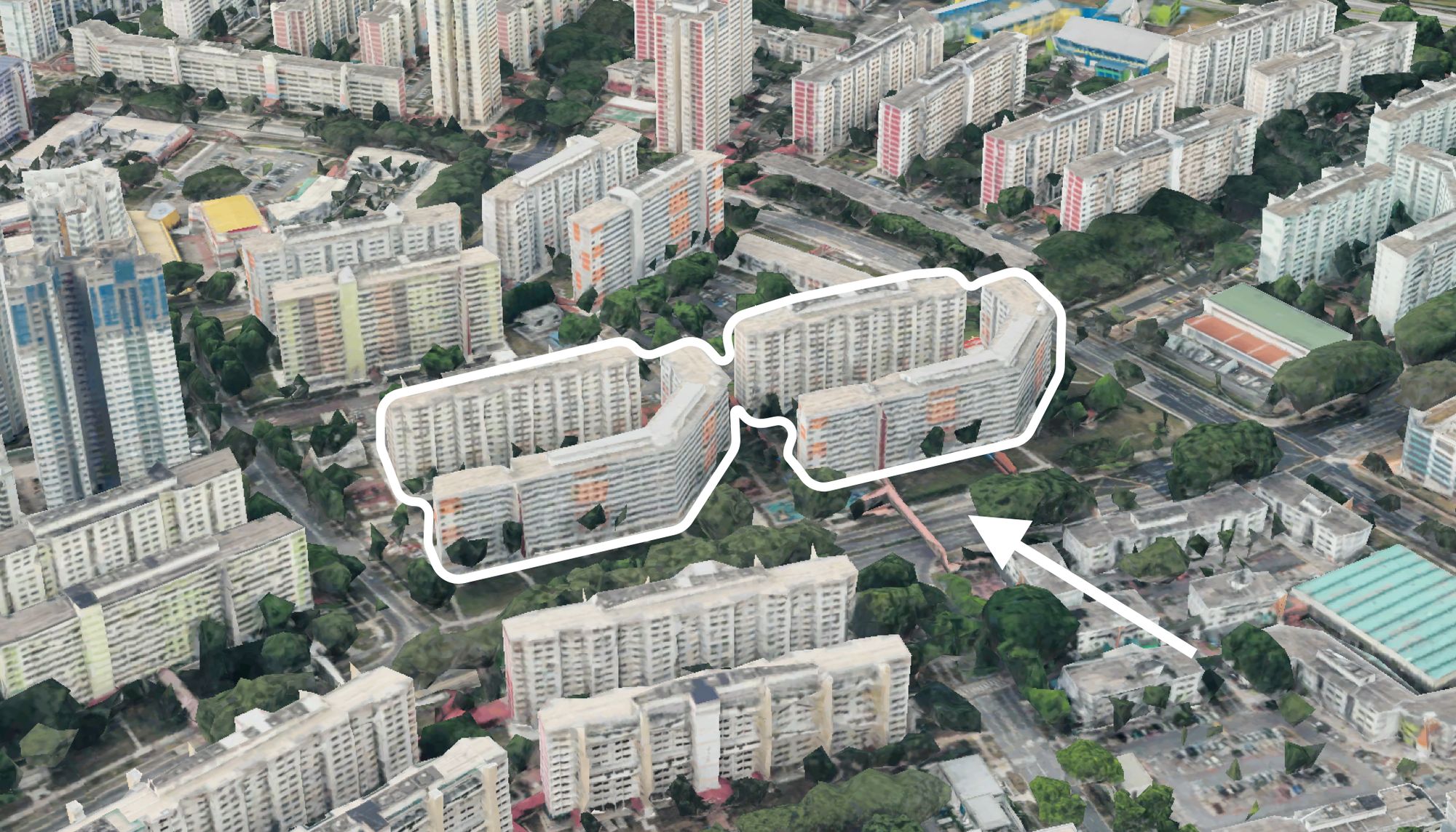
On The Market Here Are The Cheapest 4-Room HDB Flats in Central Singapore You Can Still Buy From $490K
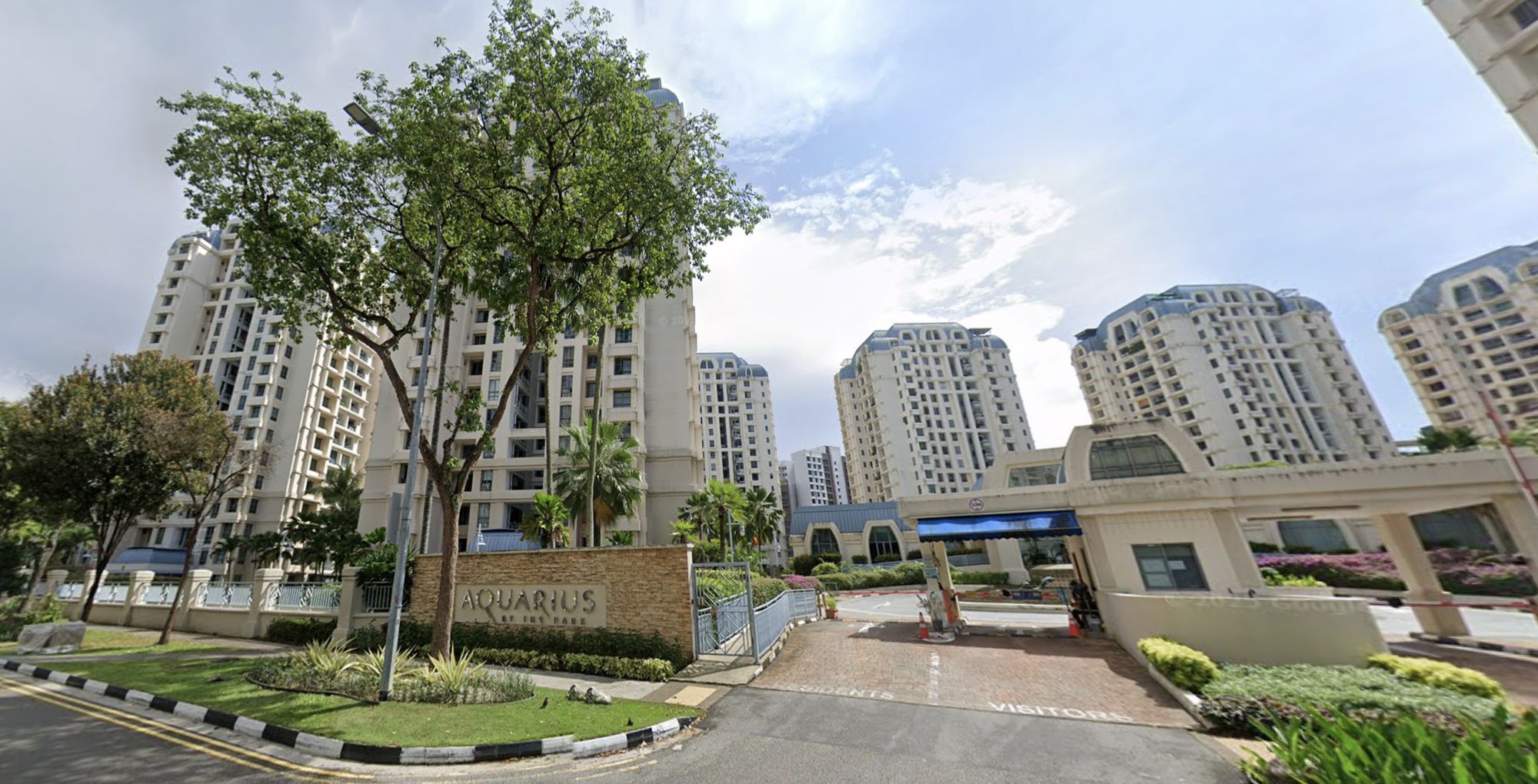
Pro How A Once “Ulu” Condo Launched In 1997 Became A Top Performer
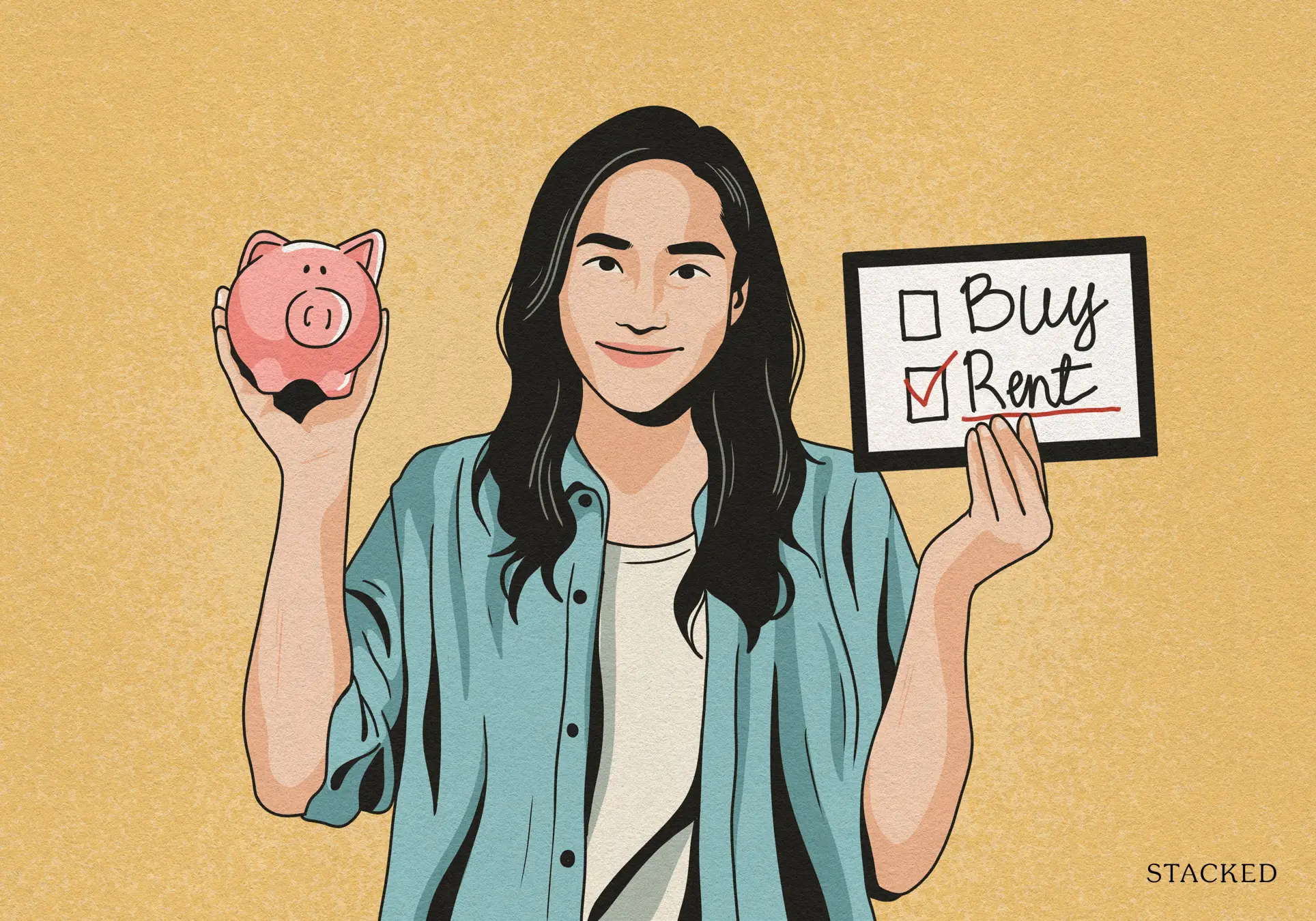
Property Market Commentary When Renting In Singapore Is The Smarter Move — And Buying Can Wait
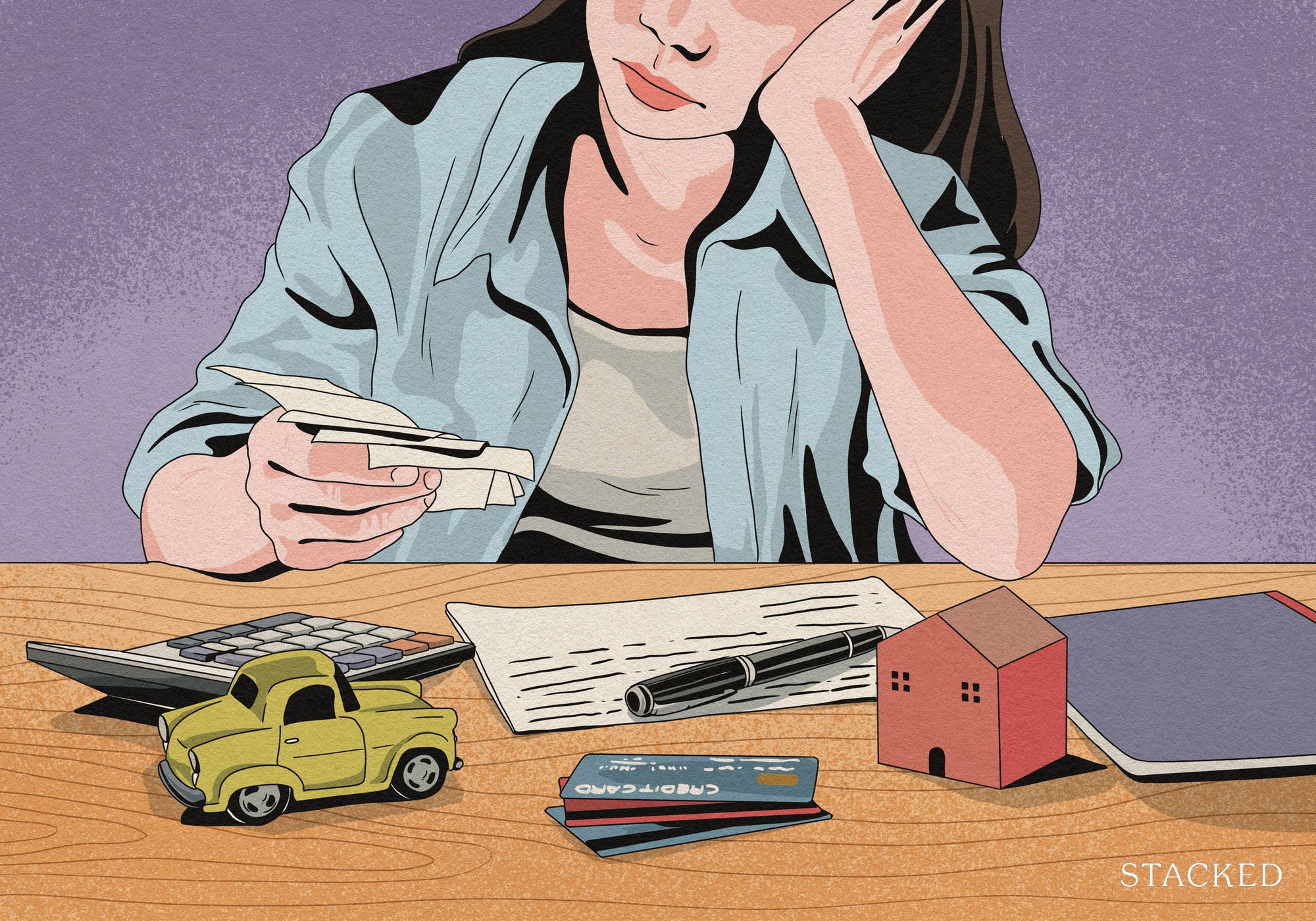
Property Advice We Own A $800K 1-Bedder And A $1.1M 3-Bedder: Is It Possible To Upgrade To A 4-Bedder Condo?
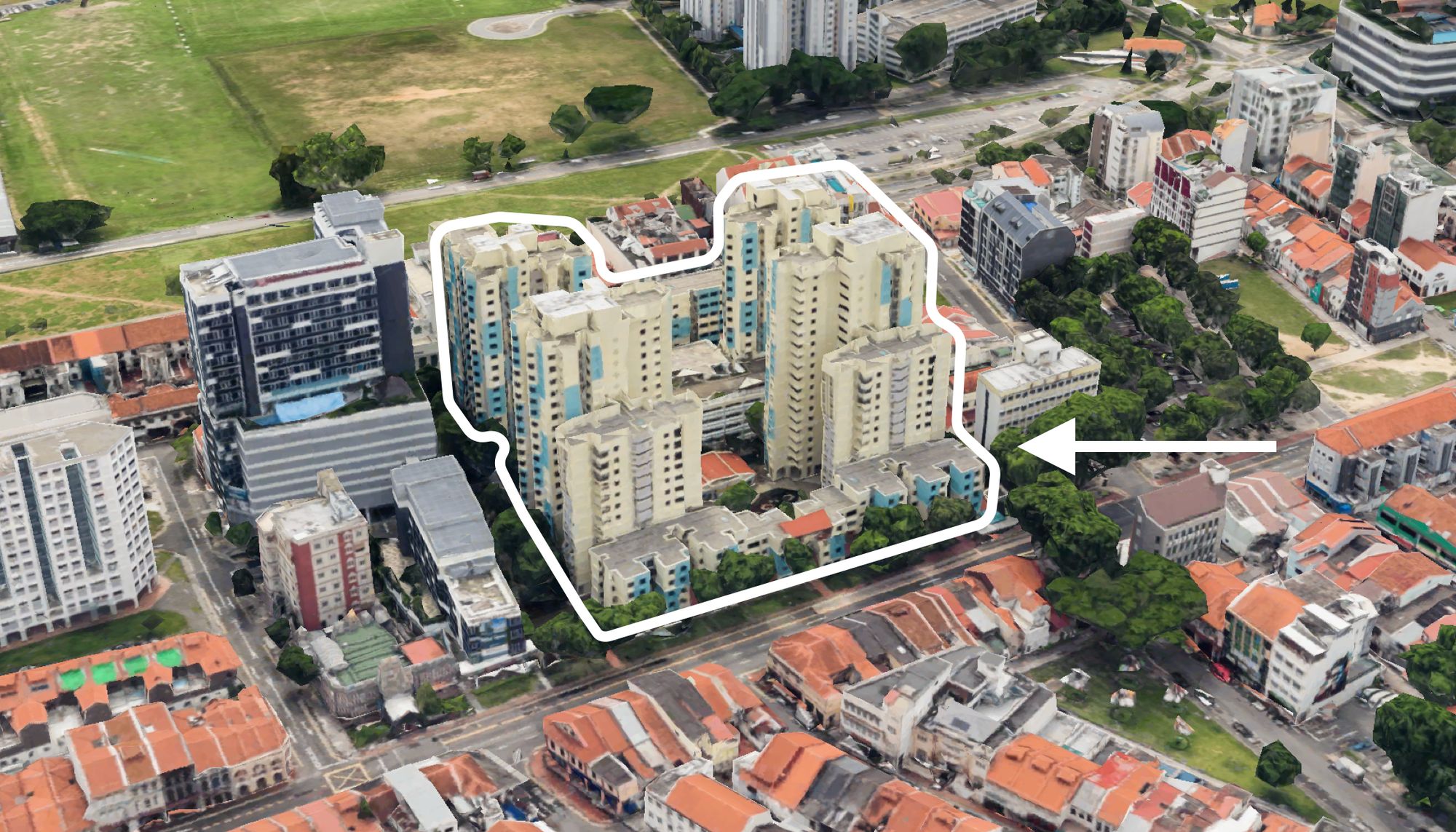
On The Market These Are Some Of The Cheapest 5-Room HDB Flats Left In Central Singapore
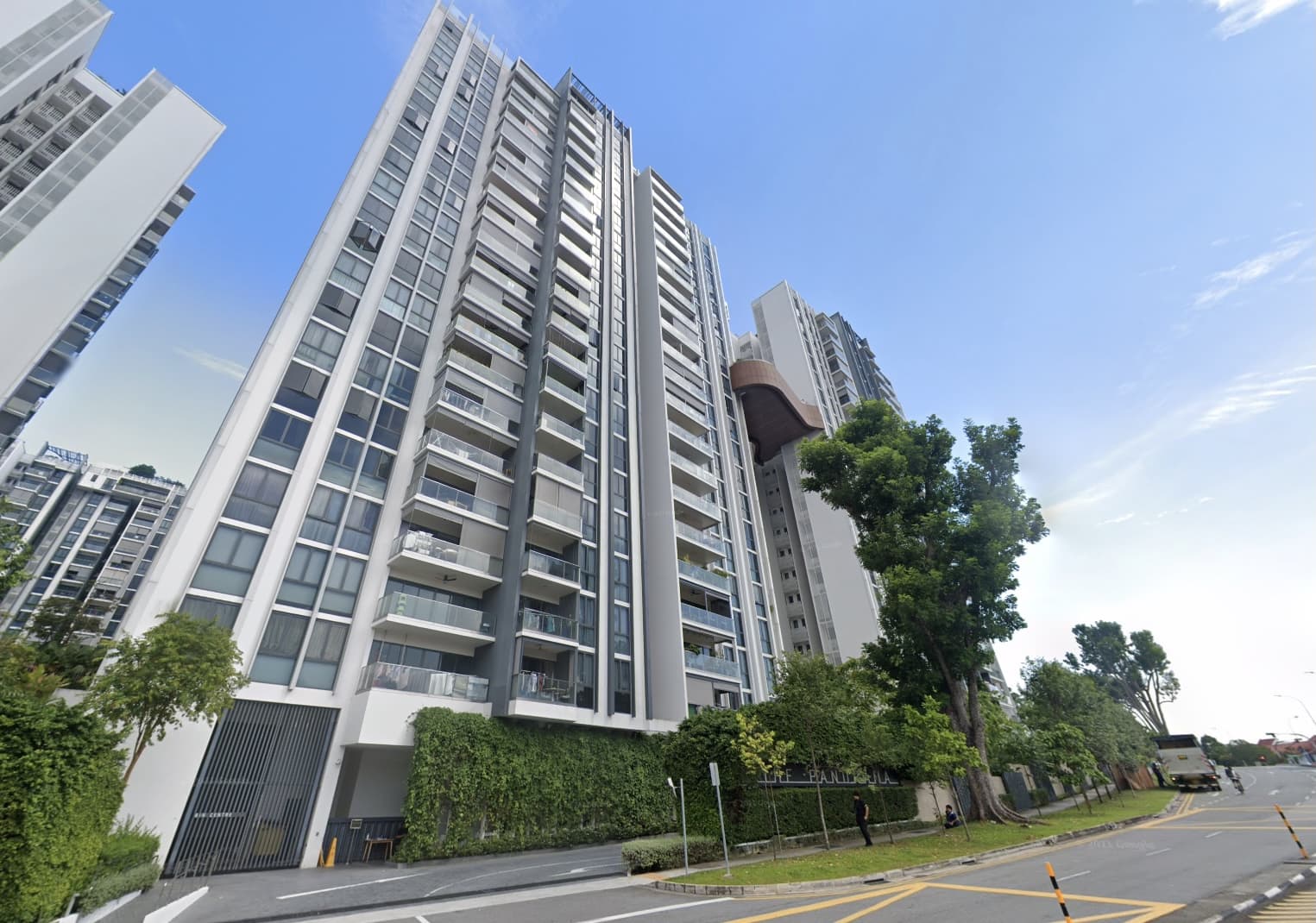
Pro This 698-Unit Ang Mo Kio Condo Launched At The Wrong Time — And Still Outperformed Peers
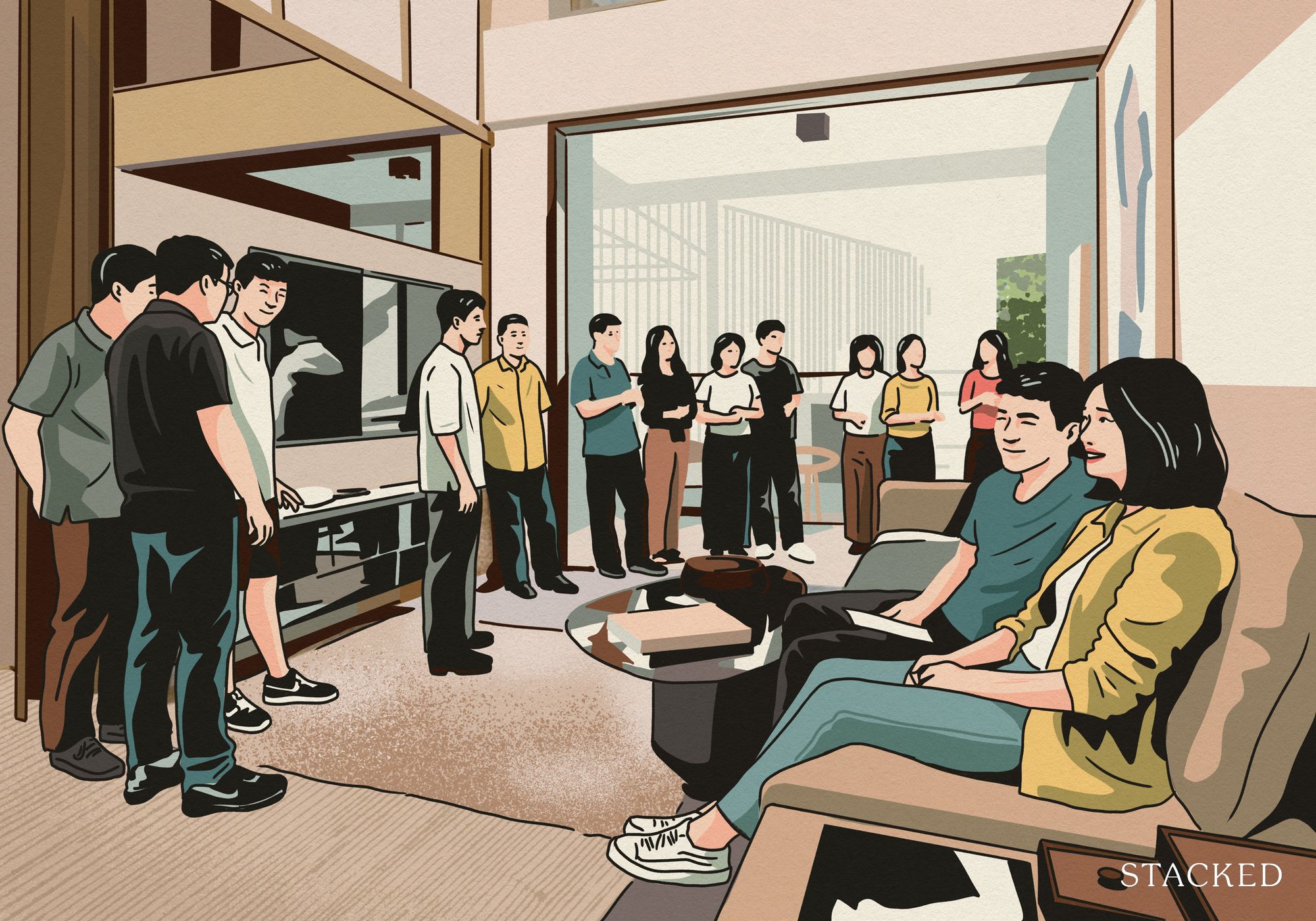
Property Market Commentary 5 Key Features Buyers Should Expect in 2026 New Launch Condos
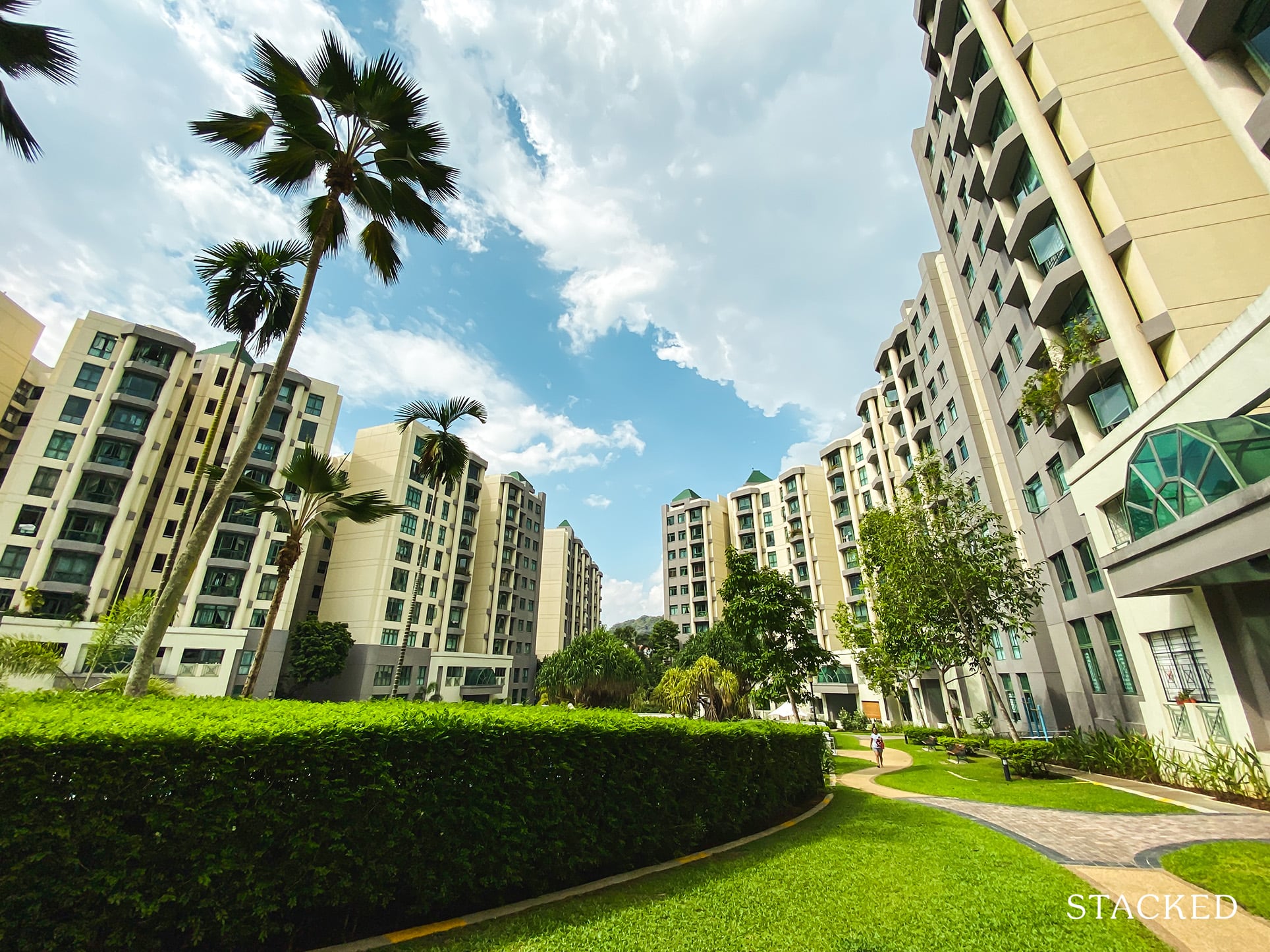
Property Investment Insights These Resale Condos In Singapore Were The Top Performers In 2025 — And Not All Were Obvious Winners

Pro How A 944-Unit Mega-Condo In Pasir Ris Ended Up Beating The Market

Property Investment Insights What Changed In Singapore’s Property Market In 2025 — And Why It Matters

Pro How Much More Should You Really Pay for a Higher Floor or Sea View Condo?
